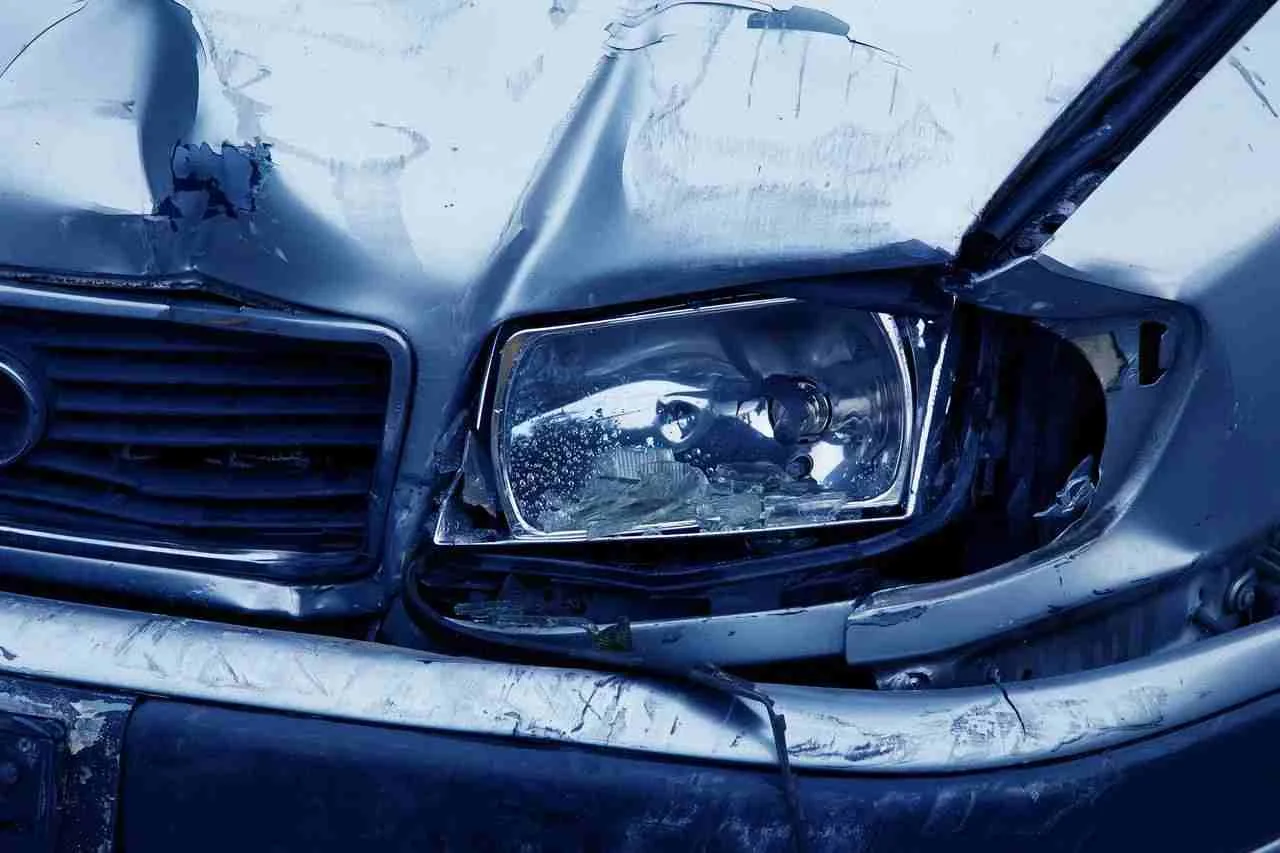Navigating the Aftermath: Recognizing Typical Injuries Following Car Accidents

The jarring reality of car crashes isn’t just limited to twisted metal and shattered glass. The human toll, both immediate and lingering, often shapes the true narrative of such incidents. For victims and their families, early recognition of potential injuries is paramount, not just for immediate care, but for long-term recovery. This guide aims to highlight the common injuries associated with car crashes, providing a compass for those navigating the aftermath.
Whiplash and Neck Injuries
Perhaps the most talked-about injury:
- Cause: Sudden acceleration or deceleration, as often happens in rear-end collisions, can result in the rapid forward-backward motion of the head and neck.
- Symptoms: Neck pain, stiffness, headaches, and dizziness. While symptoms might appear immediately, in some cases, they manifest days after the accident.
Traumatic Brain Injuries (TBI)
A silent yet profound injury:
- Cause: Direct impact to the head or severe jolting can cause the brain to move within the skull, leading to bruises or bleeding.
- Symptoms: Loss of consciousness, confusion, cognitive difficulties, and even changes in personality.
Broken Bones
From minor fractures to complex breaks:
- Common Areas: Ribs, arms, legs, and collarbone are frequently affected in car crashes.
- Symptoms: Immediate pain, swelling, and in severe cases, visible deformities.
Spinal Cord Injuries
Among the most severe outcomes:
- Cause: Direct trauma to the spine or excessive force exerted on it.
- Symptoms: Pain, numbness, weakness, and in extreme cases, partial or complete paralysis.
Internal Injuries
Not always visible, but crucial to recognize:
- Affected Organs: Lungs, kidneys, liver, and spleen are commonly injured in car crashes.
- Symptoms: Pain, deep bruising, and symptoms of internal bleeding like dizziness or fainting.
Psychological Trauma
Beyond the physical toll:
- Post-Traumatic Stress Disorder (PTSD): Flashbacks, nightmares, and heightened anxiety, especially when recalling the accident or while driving.
- Emotional Distress: Depression, mood swings, and feelings of guilt or anger are common aftermaths of traumatic incidents.
Cuts and Lacerations
Often due to shattered glass or debris:
- Concerns: Apart from immediate pain and bleeding, there’s a risk of infections or scarring.
The Importance of Timely Check-Ups
Post-accident, even if you feel ‘fine’:
- Immediate Medical Examination: Some injuries, especially internal ones, might not be immediately apparent.
- Follow-Up Visits: Ensure a thorough recovery by adhering to follow-up visits and recommended treatments.
Document Everything
- Maintain Records: Keep a detailed account of medical visits, symptoms, and treatments.
- Photographs: If possible, photograph injuries to maintain a visual record.
Conclusion
The roads, with all their unpredictability, sometimes lead to unwanted destinations like car crashes. Recognizing potential injuries early can steer the journey of recovery in the right direction. Remember, after the storm, the sun does shine, but ensuring well-being during the tempest makes all the difference. Safe journeys to everyone!

 Call Us Today - It's Free
Call Us Today - It's Free